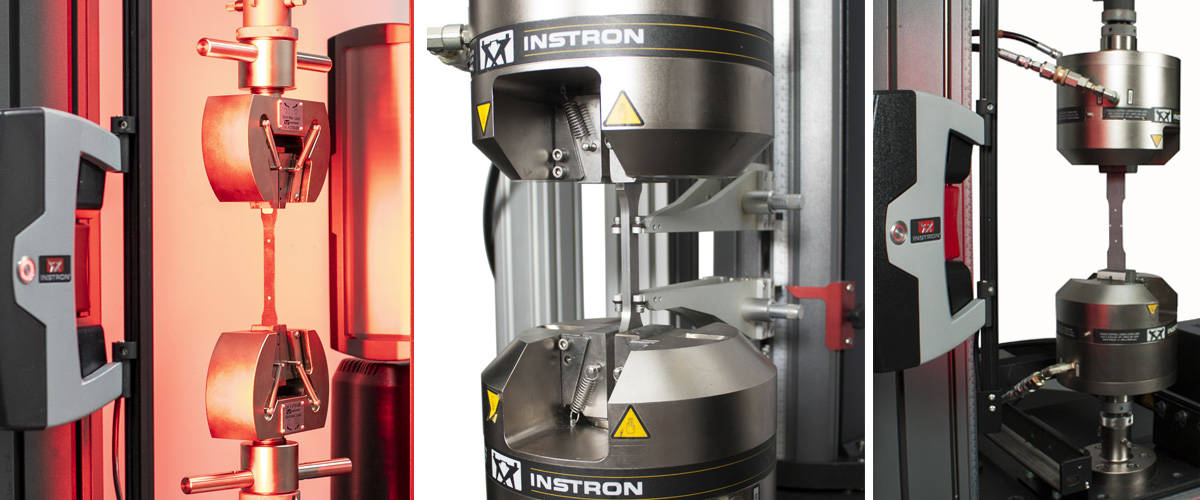Related Content
インストロンAverEdge32
AverEdge32は、信頼性の高いAVE 2高精度ビデオ伸び計に基づいて設計されており、すべての金属薄板材料に対し、最高クラスの横ひずみ精度を提供するインストロンの最先端のイノベーションです。
自動接触式伸び計 - AutoX 750モデル
AutoX 750は、高分解能で長伸度の自動接触式伸び計です。電気機械式の3300、3400、5500、5900、6800シリーズの卓上型または床置型システムに加え、LX、DX、HDX、KPXの静止型油圧式試験システムに取り付けることが可能です。プラスチック、金属、バイオメディカル、複合材料、エラストマーなどの用途に適しています。AutoXは、最大750 mmの移動量と±1 μmの精度を備えています。
